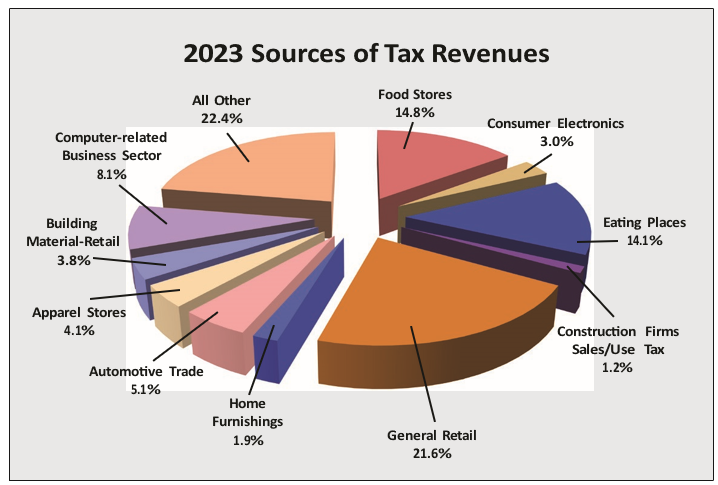As a part of an ongoing commitment to transparency and helping ensure community access to information about its local government the City of Boulder provides this Popular Annual Financial Report (PAFR), which describes the city's financial activities and position in 2023. This is a summary of information reported in the city's 2023 Annual Comprehensive Financial Report (ACFR).
While the ACFR is prepared in accordance with generally accepted accounting principles, the PAFR is not. The ACFR is a more detailed, audited document of record, and it presents information in a format consistent with this standard to ensure it includes detailed information including the city's component units, presents individual funds in detail, and fully discloses all material events, both financial and nonfinancial. By contrast, the purpose of the PAFR is to increase public awareness about the city's financial condition by presenting information in a more user-friendly format and is unaudited and not presented in accordance with general accepted accounting principles.
The city's website also includes a wealth of information about the activities of city departments; job opportunities; budgets; council members, agendas and meetings; community events; and much more.
